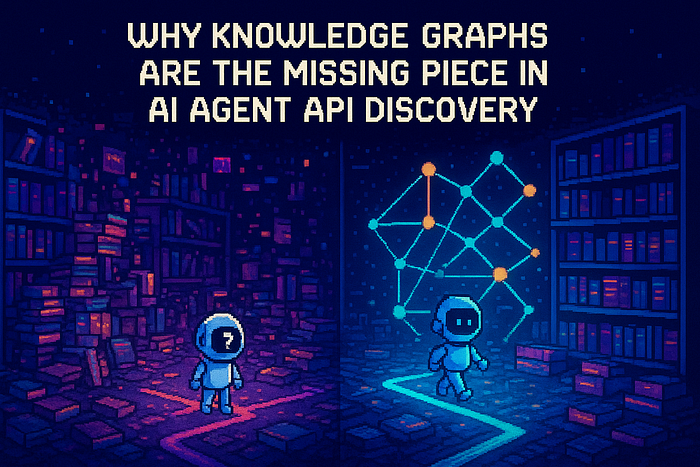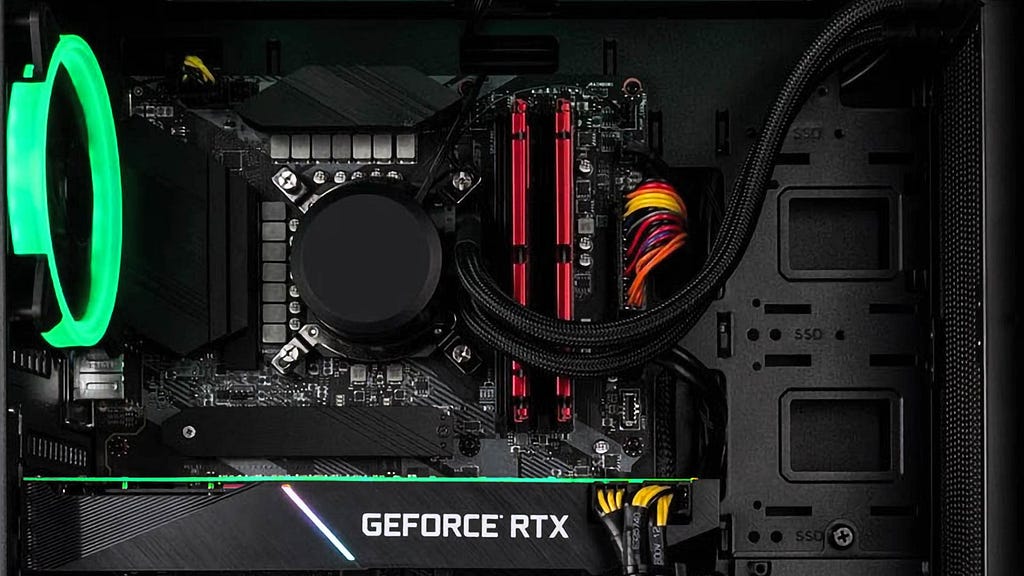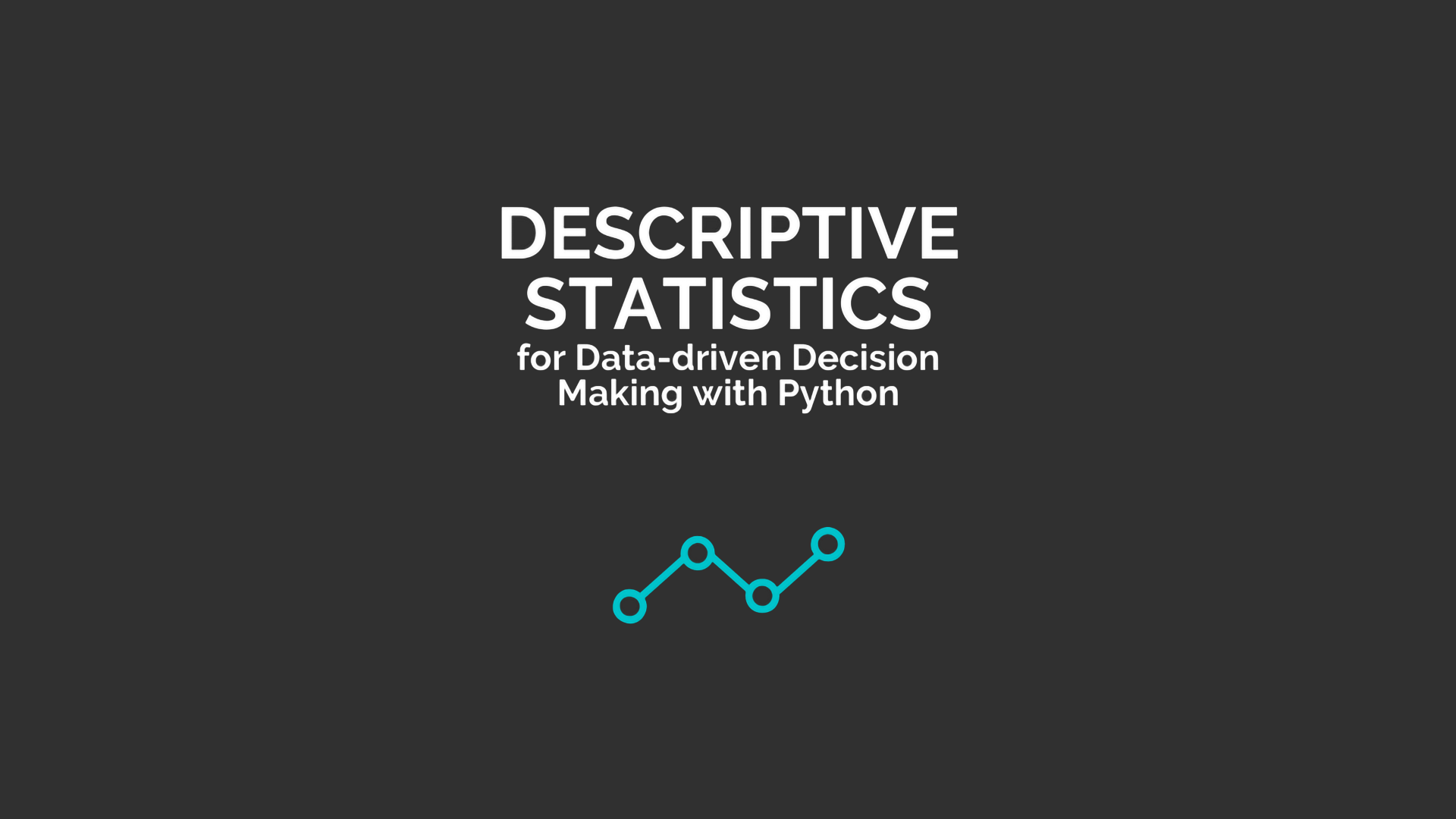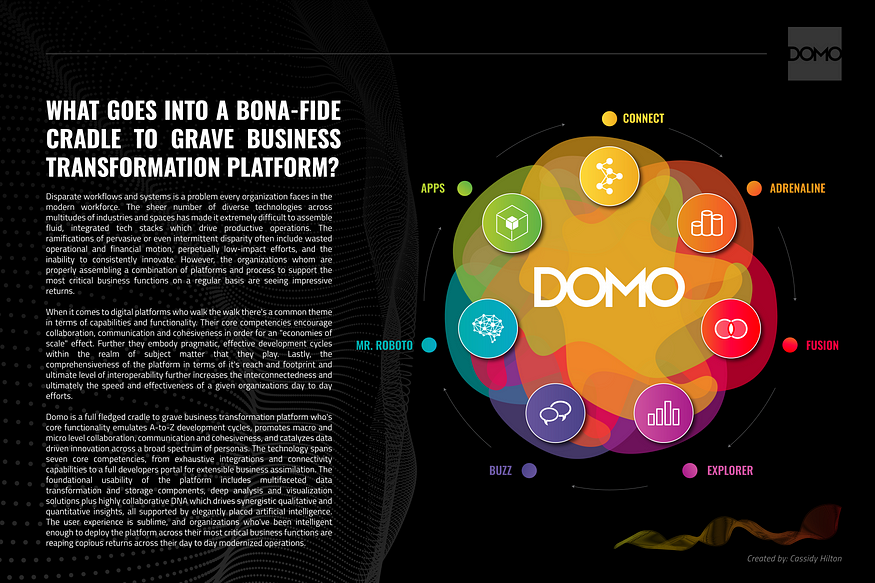From A to B: Algorithms That Power Google Maps Navigation
Last Updated on April 21, 2025 by Editorial Team
Author(s): Atharva Deshmukh
Originally published on Towards AI.
Imagine planning a trip across town or to a completely different city. You open Google Maps, type in your destination, and within seconds, it shows you the quickest route — complete with estimated arrival time, traffic updates, alternative paths, and even public transport options. It feels almost magical, but beneath that simplicity lies a world of intelligent decision-making powered by some of the most sophisticated algorithms in computer science.
So how does Google Maps calculate the best route almost instantly? How does it know which roads are congested, which turns are fastest, and how long it will really take to reach your destination — even before you start your journey?
The answer lies in a combination of graph theory, real-time data, predictive modeling, and advanced optimization algorithms. Each time you request a route, Google Maps is essentially solving a complex mathematical puzzle — finding the most efficient way to travel through a vast network of roads, using live conditions, historical data, and predictive patterns.
In this blog, we’ll peel back the layers of how Google Maps works — not just from a tech-savvy perspective, but by breaking down the logic and strategies in a way that’s easy to grasp. From how it understands roads as graphs, to how it predicts traffic jams and makes split-second rerouting decisions, we’ll explore the real algorithms that make everyday navigation feel effortless.
Roads as Graphs: The Core Idea
At its foundation, Google Maps sees the entire world as a giant network of roads, intersections, and destinations. In computer science terms, this network is modeled as a graph — not the kind you see in math class with bar charts or line plots, but a graph made up of nodes and edges.
- Nodes are key points in the real world — like intersections, landmarks, or geographic coordinates (such as your current location or your destination).
- Edges are the roads that connect these points. Each edge has a value, known as a weight, which typically represents how long it takes to travel that road segment. The weight can depend on distance, speed limits, traffic, or road conditions.
So, when you open Google Maps and ask it to take you from point A to point B, you’re essentially asking it:
“What is the shortest or fastest path between two nodes in this massive global graph?”
To answer that, Google Maps doesn’t rely on one single method. Instead, it uses a combination of powerful and well-researched algorithms — each designed to handle different aspects of the problem, like speed, accuracy, real-time updates, and scale.
Let’s break down how these algorithms actually work, starting with the basics and building up to the advanced techniques used by Google.
Dijkstra’s Algorithm: The Foundation
Dijkstra’s Algorithm is one of the earliest and most widely used techniques to find the shortest path from a starting node to all other nodes in a graph with non-negative weights.
It works like this:
- Start at the source node and assign it a tentative distance of 0.
- Assign all other nodes an initial distance of infinity.
- Repeatedly select the unvisited node with the smallest distance, update distances to its neighbors, and mark it visited.
- Continue until the destination is reached.
Formula (core idea):
new_distance = min(current_distance, previous_distance + edge_weight)
Time Complexity:
With a binary heap, Dijkstra’s algorithm has a time complexity of
O((V + E) log V)
where V is the number of vertices and E is the number of edges.
Contraction Hierarchies: Fast Preprocessing
To scale Dijkstra’s algorithm for global use, Google Maps employs a clever optimization technique known as Contraction Hierarchies (CH). Instead of treating all roads equally, CH focuses on the fact that most long trips rely on major roads like highways and arterial routes. The idea is to remove less important nodes — such as small residential streets or local lanes — from frequent consideration and instead precompute shortcuts between more significant points in the road network.
These shortcuts preserve the true travel times but skip over the unimportant intersections, allowing the algorithm to “jump over” sections of the map during route calculation. This dramatically reduces the number of nodes that need to be checked during a live query.
By prioritizing “important” roads like expressways and city connectors, this technique makes the search 10 to 100 times faster. It’s like giving the algorithm a zoomed-out view of the map first and then filling in the details only when necessary — enabling Google Maps to deliver real-time directions almost instantly, even for routes that stretch across entire countries.
A* Search: Smarter and Faster
Google Maps improves upon Dijkstra’s algorithm using A* (A-Star) Search. A* adds a heuristic function to guide the search, focusing it toward the destination.
Formula:
f(n) = g(n) + h(n)
Where:
g(n)is the cost from the starting point to noden.h(n)is the estimated cost (heuristic) fromnto the goal (often straight-line distance).
This reduces the number of unnecessary paths explored, making it faster in real-world use.
Time Complexity:
Worst-case is still O((V + E) log V), but in practice, A* is much faster than Dijkstra for large graphs due to heuristic pruning.
Map Matching: Handling GPS Errors
To make sure your location is accurately reflected on the map, even when GPS data isn’t perfect, Google Maps uses a technique called Map Matching. GPS signals can be inaccurate due to various factors like tall buildings, trees, or even tunnels, which can make the reported location slightly off. The system compensates for these inaccuracies by comparing the noisy GPS data to the road network and determining the most likely route you’re actually on.
This is often achieved using a Hidden Markov Model (HMM), a statistical model that considers both the current position and the movement patterns of the user. The HMM analyzes your current speed, direction, and proximity to nearby roads to predict the most likely path you’re taking. For example, if you’re driving at a steady speed and your GPS shows you slightly off the road, the model will calculate which nearby road you’re likely to be on, based on your direction and speed.
The power of this method becomes especially evident in challenging environments like dense cities or underground tunnels, where GPS signals are weaker or frequently lost. In these situations, Map Matching ensures that the “blue dot” on your screen stays on the correct road, keeping your real-time location properly aligned with the map. This helps Google Maps provide accurate guidance, even when GPS data alone wouldn’t be enough.
Real-Time Traffic Using Dynamic Routing
Even the shortest route isn’t helpful if there’s a traffic jam. Google Maps incorporates live traffic data from:
- Millions of Android users (aggregated and anonymized)
- Traffic sensors and road reports
- Apps like Waze
It dynamically adjusts edge weights in the graph based on current traffic speed. A road that usually takes 5 minutes might temporarily cost 15 due to congestion.
The result? Maps can re-route you in real-time to avoid delays.
Predicting Future Conditions with Graph Neural Networks
Google Maps also uses Graph Neural Networks (GNNs) to predict traffic conditions for future time windows. A Graph Neural Network is a type of neural network specifically designed to process data structured as graphs. In the case of Google Maps, the graph represents the road network, where intersections and road segments are nodes and edges, respectively. GNNs allow the system to learn how traffic on one road affects neighboring roads by passing information across the graph’s edges.
The system takes into account factors like current traffic speed, time of day, historical trends, and road types. This helps Google Maps suggest not only the best route at the moment but also predict the optimal route 30 minutes ahead — an invaluable feature for long trips.
In terms of time complexity, each layer of the GNN operates in O(E × d) time, where E is the number of road segments (edges) and d is the dimensionality of the node/edge features (such as traffic speed and road type).

Protecting User Privacy
While Google uses crowd-sourced location data, it also safeguards privacy by:
- Removing identifiers
- Aggregating data from large groups only
- Using differential privacy techniques to avoid revealing individual paths
This ensures your personal movements remain confidential while still contributing to better traffic predictions for everyone.
Conclusion: Real Algorithms for Real-World Navigation
Google Maps is far more than a simple navigation tool — it’s an impressive application of advanced computer science. By harnessing powerful algorithms like:
- Dijkstra’s Algorithm for reliable route calculations
- A* for faster and more intelligent pathfinding
- Contraction Hierarchies for enhanced efficiency
- Map Matching for pinpoint accuracy
- Graph Neural Networks (GNNs) for traffic predictions
- Real-time data to adapt routes based on current conditions
Google Maps can process complex routing problems and deliver optimized travel plans in a matter of milliseconds. These algorithms work together to ensure your journey is as efficient and accurate as possible, no matter how many users are online at the same time. So next time you navigate with Google Maps, you’ll have a deeper understanding of the sophisticated tech that powers the simple blue line on your screen.
Join thousands of data leaders on the AI newsletter. Join over 80,000 subscribers and keep up to date with the latest developments in AI. From research to projects and ideas. If you are building an AI startup, an AI-related product, or a service, we invite you to consider becoming a sponsor.
Published via Towards AI
Take our 90+ lesson From Beginner to Advanced LLM Developer Certification: From choosing a project to deploying a working product this is the most comprehensive and practical LLM course out there!
Towards AI has published Building LLMs for Production—our 470+ page guide to mastering LLMs with practical projects and expert insights!

Discover Your Dream AI Career at Towards AI Jobs
Towards AI has built a jobs board tailored specifically to Machine Learning and Data Science Jobs and Skills. Our software searches for live AI jobs each hour, labels and categorises them and makes them easily searchable. Explore over 40,000 live jobs today with Towards AI Jobs!
Note: Content contains the views of the contributing authors and not Towards AI.














